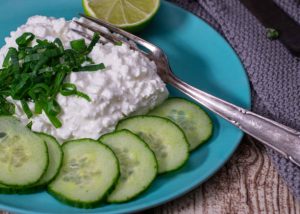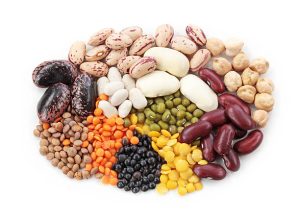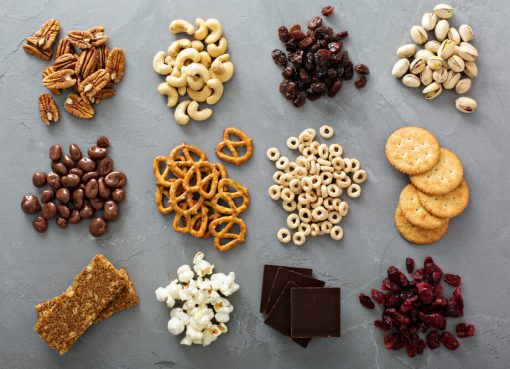
Introduction
Protein is abundant in lean protein diets, low in less healthful nutrients like saturated fat and dietary cholesterol. Beneficial plant compounds, vitamins, minerals, and dietary fiber can be found in some lean protein sources. Protein should take between 10 to 35 per cent of your daily calorie intake. For an adult on a diet of two thousand calories, that’s 50 to 175 grams per day. Choose lean protein sources over high-fat dairy and processed or fatty meat to keep overall calories, saturated fat, salt, and cholesterol under control.
Significance of lean proteins
-
- Gain Muscle
- Slim Down
- Lower Heart Disease Risk
- Strengthen Immune System
- Build and Repair Muscle
Top 7 Sources of Lean proteins
- Fish with a White Fleece
Most white fleshed fish are exceptionally lean and good source of protein, with fewer than 3g of fat and 20-25 g of protein per 3.5-ounce (100-gram) plain, cooked plate, as well as eighty-five to one hundred thirty calories. White fish such as cod, haddock, pollock, flounder, halibut, tilapia, and orange rough are all exceedingly lean.

- Greek Yogurt (Natural)
Every 6-ounce (170-gram) serving of yoghurt has 15-20 g of protein, compared to only 9g in regular yoghurt. This is due to the yoghurt-making process. Beans, peas, and lentils have the liquid whey removed, resulting in a more concentrated product with greater protein thicker and creamier protein. Pulses have higher fiber, and protein content makes them more nourishing. Additionally, if you consume pulses regularly, their grain may help regulate your blood triglycerides.

- Cottage Cheese (Low-Fat)
Cream cheese is an elevated, low-maintenance snack. A half-cup (4-ounce or 113-gram) portion of cream cheese has ninety-seven cal., 2.5g of fat, and 13 g of protein. Only one carton sweetened alternatives and reside & active symbiotic cultures are among the latest cottage cheese fads.

- Lentils, beans, and peas
Vibrations are a subset of beans that includes dry beans, peas, and lentils. They provide an average of 8 grams of protein per 100 grams cooked and are low in calories and high in grain. Pulses are more full due to their high fiber and protein content.

- Poultry with no skin and white meat
30 grams of protein are found in a 3.5-ounce (100-gram) serving of roasted chicken or turkey breast. Breasts, breast tenderloins, and wings are examples of white meat.

- Tofu (light)
A 3 ounce (eighty-five grams) serving of mild soya contains 45cals, 1.5g of fat, and 7 g of protein, with all essential amino acids present in adequate amounts. When baking, grilling, or sautéing, hard or extra hard soybean can be substituted for beef, while soft or silky soybean can be used in creamy soups with lean beef.

- Peanut Butter Powder
The natural oil in peanut butter is good for your heart, but it’s also high in calories. In only 2 tablespoons of regular peanut butter, you’ll get about one hundred and ninety calories, sixteen grams of fat, and Eight g protein (32 g). A low-calorie alternative is unsweetened powdered peanut butter. The majority of the fat is squeezed out during processing. A 2-tablespoon serving of low-fat milk has only Fifty Cal and 1.5 calories per serving, but it has 5 grams of protein.






